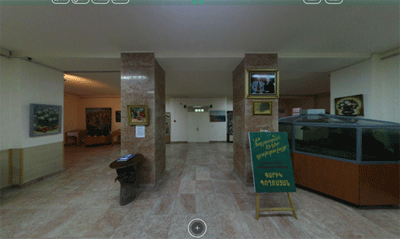Historical overview
The main objective of “State Museum of Nature of Armenia” SNCO under the subordination of the RA Ministry of Nature Protection is to provide society with eco-education and upbringing, as well as promote environmental awareness.
The State Museum of Nature of Armenia was established in the yard of the mosque “Blue, Yerevan, in 1952. It was one of the eight complex museums of nature in the USSR.
In addition to its permanent exhibits, the Museum has held many interesting and educational temporary exhibitions, festivals, TV games, competitions and radio programs on nature protection.
Besides large-scale activities held in the capital, during the Soviet regime the Museum carried out travelling exhibitions, film lectures in the RA remote regions and for the pupils, having their summer holidays in pioneer camps.
In the 1980s, the Museum united all the people of the capital, who were fond of fishes, birds, dogs, cats and founded clubs “Sevan”, “Krounk”, “Aralez”, and “Van Cat” respectively.
These clubs with the Museum used to organize exhibitions, which were supported by the population.
In 1991, the Museum, on its initiative, managed a permanent exhibition in Gyumri to help the children of Shirak region who had suffered from the earthquake of 1988. Due to the lack of own area, in 2012 the latter was reopened as “Shirak” branch in Visitor Center of “Lake Arpi” National Park of the RA Ministry of Nature Protection.
In the 1990s, during the restoration of the mosque “Blue”, the unique State Museum of Nature of Armenia was completely destroyed. One of the founders of the Museum of Nature, Iren Artavazd Frangyan directed all her knowledge, skills and efforts to the preservation and further development of the Museum. Due to efforts of the staff and in particular Director Mrs. Frangyan’s willpower and patriotism, on 5 November, 2004, the State Museum of Nature of Armenia was reopened at 34 Tigran Mets ; its permanent displays were reborn again after a 13- year -dysfunction.
Iranian benefactors, Mr. and Mrs. Aharonyan, played a crucial role in this patriotic deed. They assisted the restoration and refurbishing of the dilapidated building of the Museum, and donated a vast number of museum exhibits from their own collection.
A construction was reborn which was envisaged to spread unlimited love, kindness and care towards our nature and focus on nature protection.



